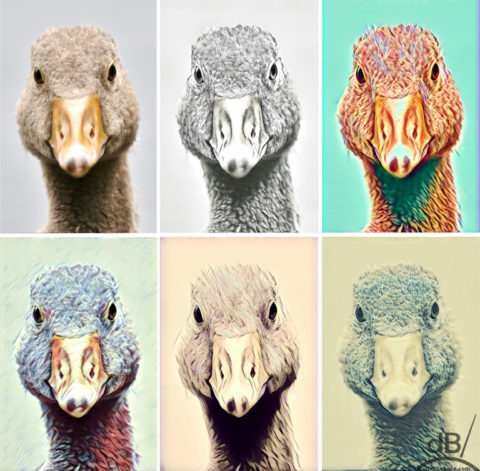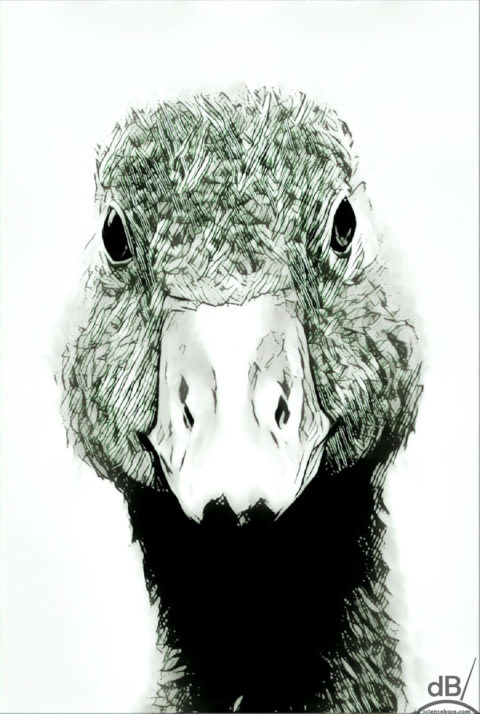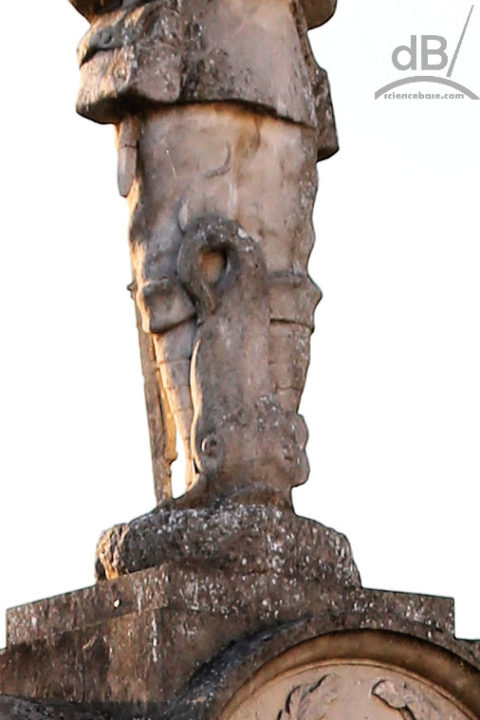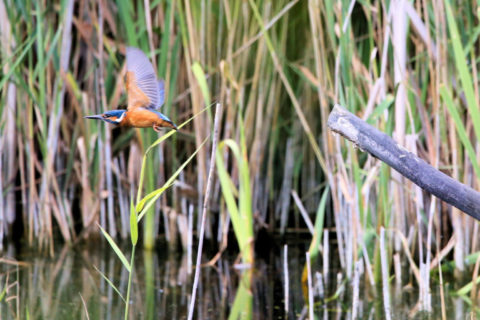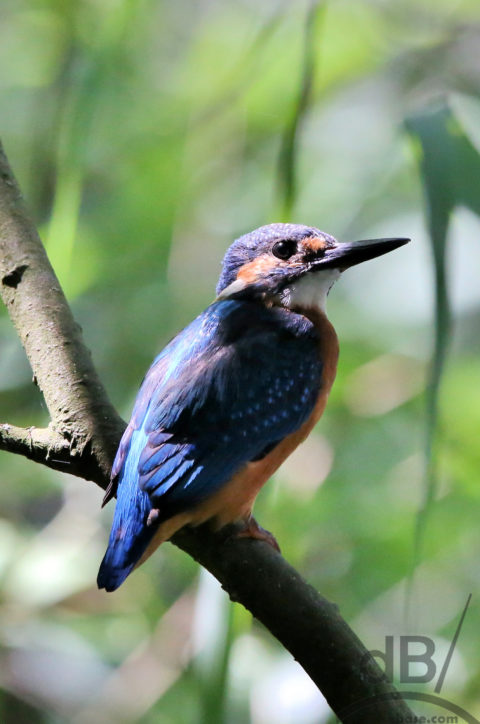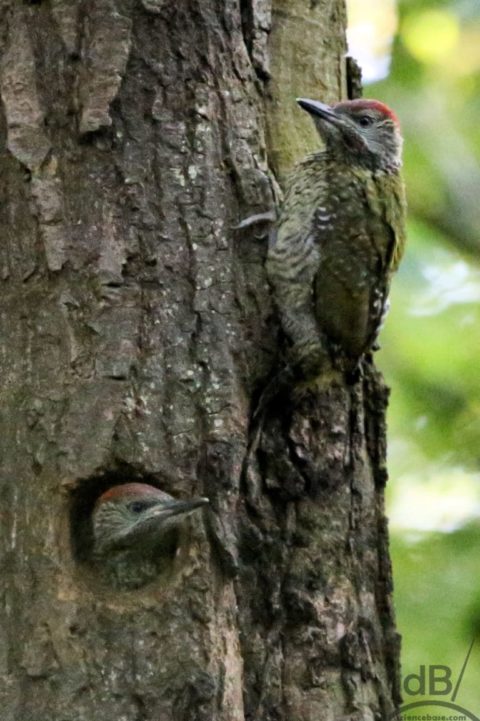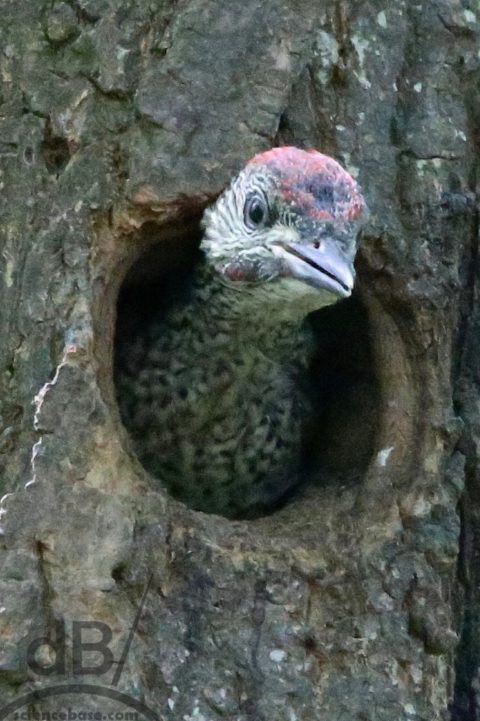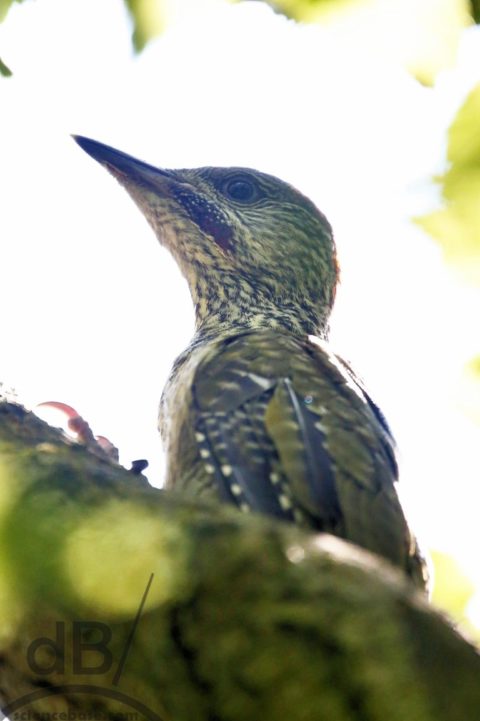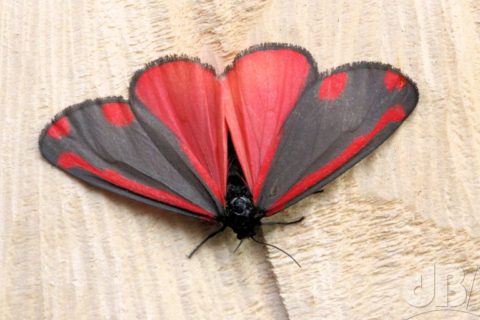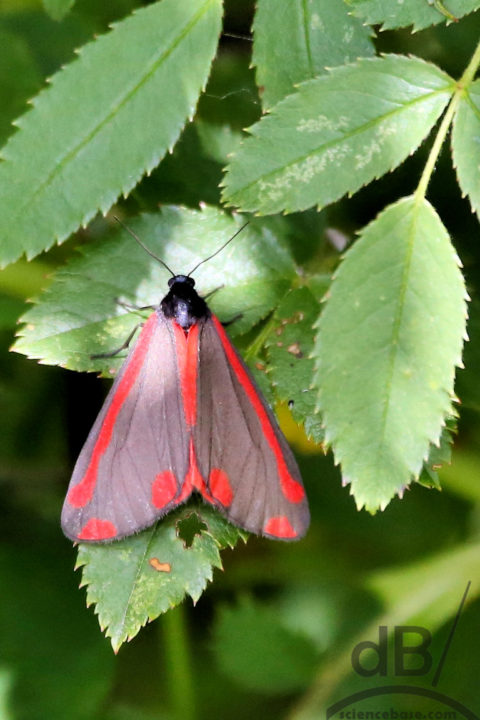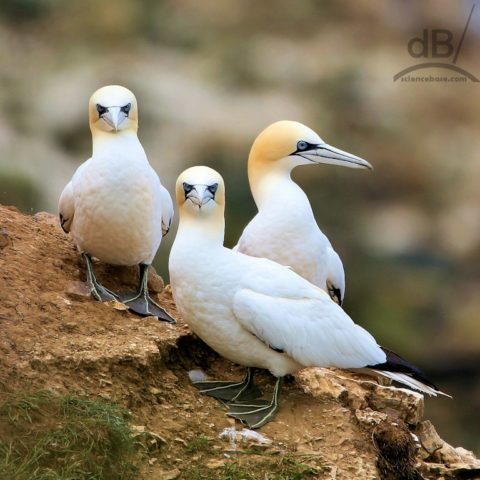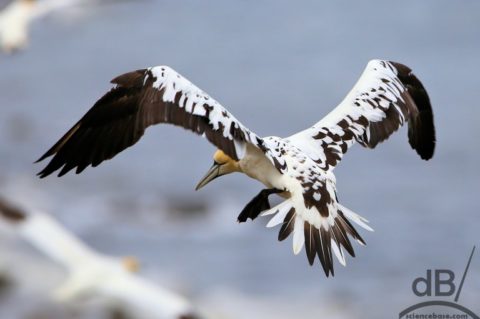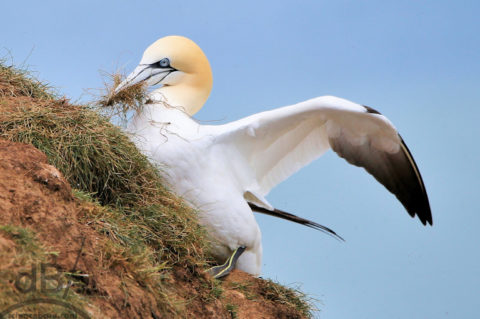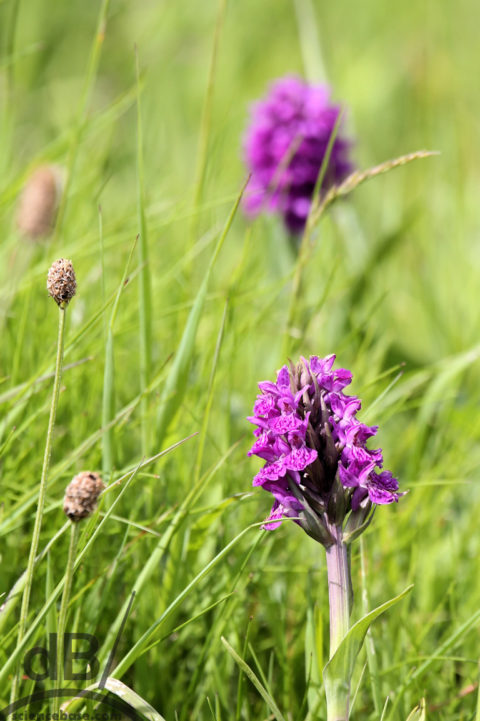Apparently, magpies (Pica pica) are invoked in Christian allegory because they look like a composite of a white dove and a black raven…they were alleged to have perched on the prow of The Ark during the Biblical flood and to have cackled and laughed whilst the world drowned…
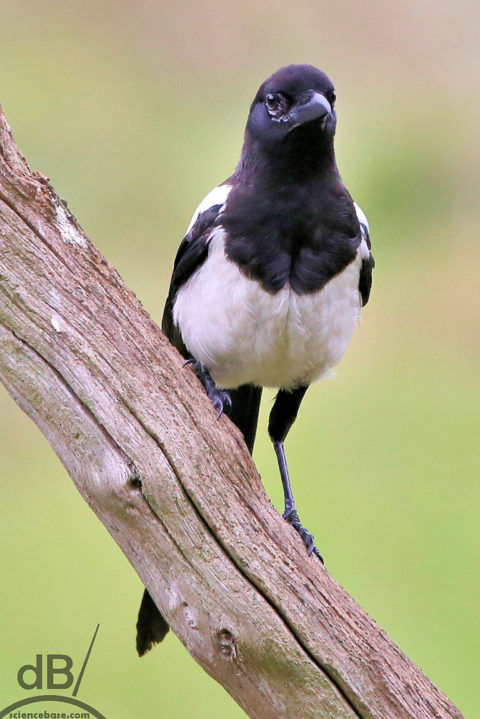
Then there’s the nursery rhyme, made famous for British children of the 1970s by the ITV rival to Blue Peter, Magpie. The theme tune for the show perhaps usurped earlier, traditional versions of the nursery rhyme from our collective psyche.
One for sorrow, Two for joy, Three for a girl, Four for a boy, Five for silver, Six for gold, Seven for a secret, Never to be told. Eight for a wish, Nine for a kiss, Ten for a bird, You must not miss.
There are versions that begin:
One for sorrow, Two for mirth, Three for a funeral And four for birth
and
One for sorrow, Two for mirth Three for a funeral, Four for birth Five for heaven Six for hell Seven for the devil, his own self
Why the magpie gets such a raw deal in mythology and folkore is perhaps down to the sound it makes, the cackling laughter, and perhaps also because it ties together white and black, day and night, good and bad, light and shade…either way it’s just a bird, a corvid, or crow, albeit a clever one.
Listen:
